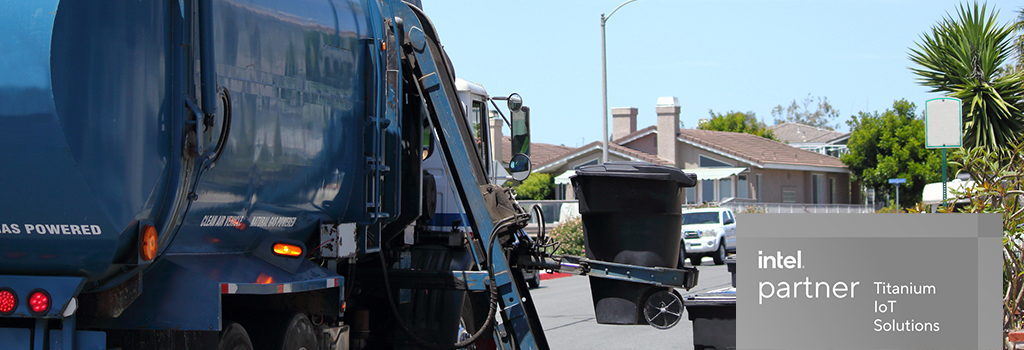Transportation
Mobile video surveillance is forecasted to grow with continuous momentum, triggered by the rising demands for public security and safety. In fact, this technology has been widely adopted by both public and private sectors to protect them from crime. Apparently, the surveillance market has shifted from cable-based CCTV structures to go wireless by adopting network technology. For instance, Tokyo Metro Co. will install IP surveillance cameras in over 3,000 subway vehicles, starting in 2018 or 2019, as an initiative to improve passenger safety for the 2020 Tokyo Olympics and Paralympics. TOEI Transportation, the authority of transportation in Tokyo, has launched plans to install surveillance cameras in the ceiling of each subway vehicle to collect video footage for evidence use.
Read more: Enhance Subway Security for Tokyo Olympic 2020 with Mobile NVR Surveillance Platforms
In recent years, there are some waste collection companies beginning the adoption of digital technology to optimize their assets and investments. Since fleets and drivers are critical for the success of such business, it is essential to equip them with an onboard vehicle computer that can maximize route planning, ensure safety on roads, and help perform collections punctually. The implementation of such device is meant to replace manual routing so that the locations for dispatch can be automated to reduce unnecessary mileage, lower carbon footprint and improve customer satisfaction.
Read more: Onboard Vehicle Computers Enhance Waste Logistics Efficiencies
Mission critical workforces and vehicles in fields of law enforcement, fire fighters, ambulance, public transit and rescue teams are often working in remotely hazardous areas where network signals might be poor. However, they have become highly dependent on wireless networks in order to perform their works right. For instance, ambulance staff needs wireless networks to send the video images of the patient to the dispatching hospitals in order to prepare the right treatments. If they experience poor signal or interruption to their network communication, they cannot perform certain duties.
Read more: Enabling Multi-Network Mobile Connectivity for Mission Critical Vehicles
In recent years, the incidents of attempted terror attacks on metro systems have increased at a global level. To assure the safety of the passengers, video surveillance systems for public transit setting seem to be the immediate solution. Being the country with world’s most complicated transit network and highest passenger volume, the metro operators in Japan has initiated a plan to install thousands of surveillance cameras in metro trains for security and safety purposes. To coordinate all the cameras, a rugged and reliable video surveillance gateway for metro system is needed to meet the requirements for integration of multiple IP cameras in order to perform mobile video monitoring with HD resolution.
Read more: Railway Video Surveillance Makes Metro Transit More Secured
Passengers on-the-go always demand real-time schedule updates and infotainment, and this has driven the widespread deployments of in-train/in-bus PIS (Passenger Information System). The automated PIS delivers audio-visual information such as updated arrival and departure times, potential delays, alternative plans, local weather, news and some entertainment and advertising. Meanwhile, the system must be constantly diagnosed to ensure playback serviceability and reduce maintenance efforts.
Read more: Delivering In-train Infotainment with Onboard Passenger Information System
Cash-in-transit vans are frequently exposed to high risks of hijacking, heist and violent attacks. In fact, there have been numerous cases that the vehicle is hijacked and results in the casualty of security guards. Since vehicle security and personnel safety are the primary concerns, modern technologies have been adopted to ensure the safety and security of the valuables of cash-in-transit vans from potential threats.
Read more: Securing Cash-In-Transit with Access Control, Remote Tracking and Video Monitoring
Shuttle services in theme parks have been greatly impacted by the advancements in communication technologies. When passengers are boarding the shuttle buses or trams to different park areas or hotels, they want broadcasted entertainment and multimedia to have the ultimate customer experience. For theme parks to stay competitive, their shuttle services must be equipped with infotainment systems that provide wireless streamed videos, TV commercials and multimedia contents. On the other hand, by taking the passenger safety into considerations, the shuttle services shall also be connected with automated surveillance devices to provide real-time video streaming so that footages of passenger situations are sent to control center wirelessly.
Read more: Enabling In-vehicle Control and Real-time Surveillance for Theme Park Shuttle Services












